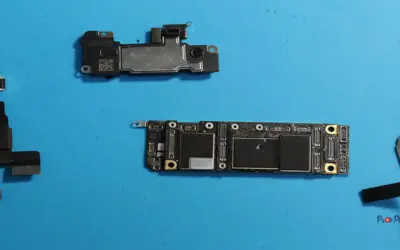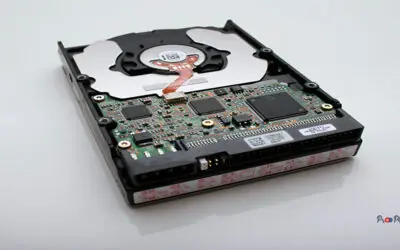Understanding the Issue: Common Screen Problems

iPhone Screen are engineered for durability, but they’re not immune to damage. Common issues include cracked glass, unresponsive touch, dead pixels, discoloration, and flickering. Sometimes, problems stem from internal components rather than the glass itself. Recognizing the specific issue is the first step toward an effective solution.
Modern smartphones come with advanced touchscreen technology, which not only provides an interactive and seamless user experience but also involves complex engineering underneath the screen. A fully functional touchscreen is essential for device usability, making it a critical consideration when evaluating whether to opt for a repair or replacement.
Assessing Damage: When Can Repairs Suffice?

Minor cracks, scratches, or isolated touch issues can often be resolved with targeted repairs. If your display is still functional and the damage is superficial, a screen repair may restore full usability without the need for a complete replacement. Always assess whether the LCD and touch sensors are intact before opting for a repair.
Weighing the Costs: What to Consider
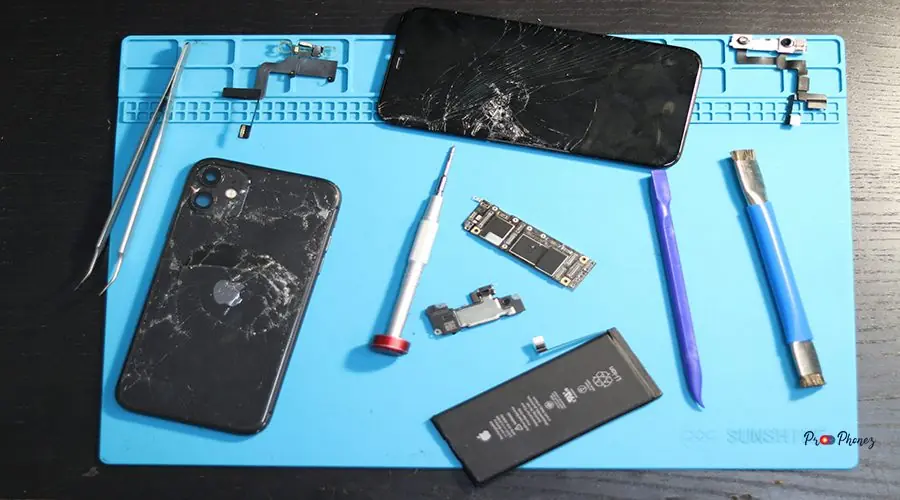
Cost is a critical factor. Screen repairs are generally less expensive than full replacements, but prices vary depending on the model and extent of damage. Consider the age of your device, warranty status, and the potential for hidden issues that could increase costs down the line.
Professional Services: Repair or Replace?
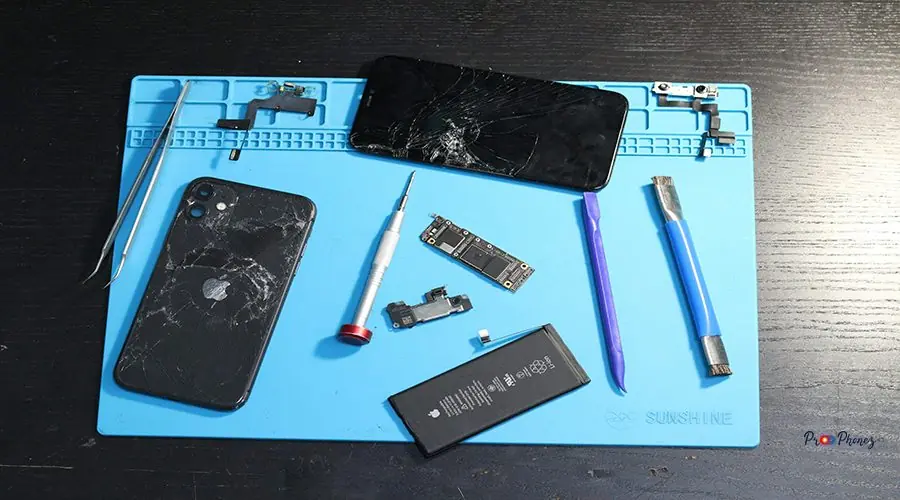
Professional repair services offer both screen repairs and replacements. Technicians can diagnose whether a repair will suffice or if a replacement is necessary. Opting for professional help ensures quality parts and workmanship, often backed by a warranty.
Making the Decision: Factors to Guide You
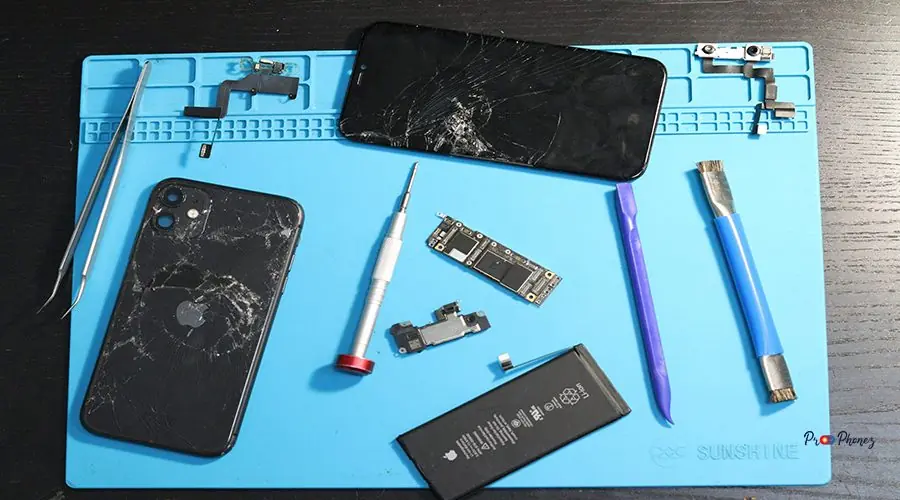
When deciding between repair and replacement, consider the severity of the damage, cost, device age, and your long-term needs. If your iPhone is relatively new or under warranty, repair is often the best choice. For older devices or extensive damage, replacement may offer better value.
Understanding Screen Damage Types
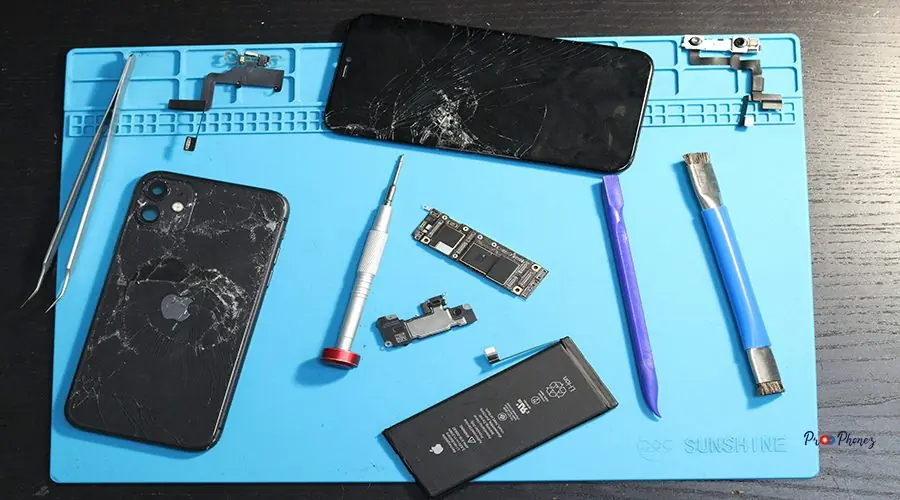
iPhone screens are engineered for durability, but they’re not immune to damage. Common issues include cracked glass, unresponsive touch, dead pixels, discoloration, and flickering. Sometimes, problems stem from internal components rather than the glass itself. Recognizing the specific issue is the first step toward an effective solution.
Modern smartphones come with advanced touchscreen technology, which not only provides an interactive and seamless user experience but also involves complex engineering underneath the screen. A fully functional touchscreen is essential for device usability, making it a critical consideration when evaluating whether to opt for a repair or replacement.
Understanding Screen Damage Types

Screen damage can range from minor scratches to deep cracks and display malfunctions. Superficial scratches are mostly cosmetic, while deep cracks can compromise the device’s structural integrity. Internal damage, such as dead pixels or touch issues, often requires more extensive intervention.
In addition to screen repair or replacement, it’s important to consider the role of accessories in maintaining your iPhone’s integrity. Using high-quality screen protectors and sturdy cases can prevent damage in the first place or minimize it, thus extending the life of your device. Accessories that are designed to absorb shock or repel water can be especially beneficial if you frequently carry your phone in risky environments.
The size and condition of your iPhone screen can vastly affect your decision to repair or replace it. Larger screens might be more expensive to repair due to the complexity of the technology involved, such as OLED displays in newer models. Additionally, if you’ve recently had a screen replacement and are facing issues again, this could indicate a potential underlying problem necessitating professional intervention.
Exploring Your Repair Options
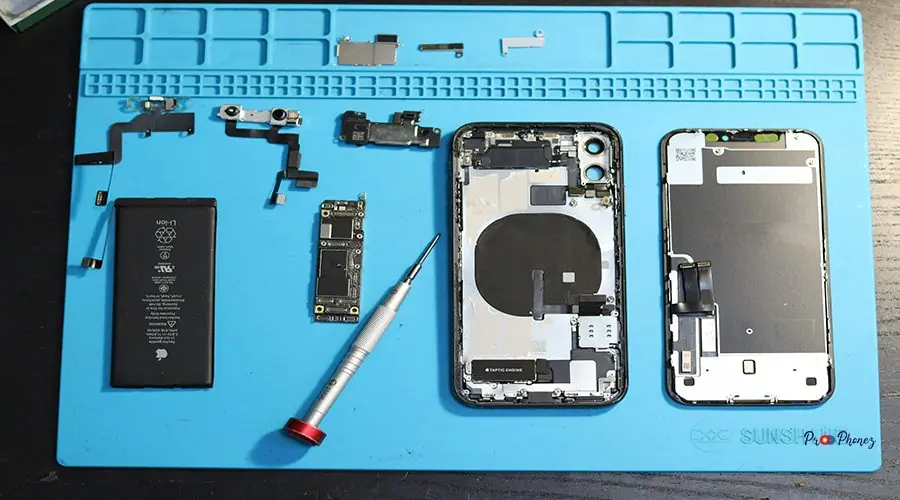
Repair options include DIY kits, authorized service providers, and third-party repair shops. Each option has its pros and cons regarding cost, quality, and warranty. Authorized providers use genuine parts, while third-party shops may offer lower prices but variable quality.
When a Full Replacement Is Necessary
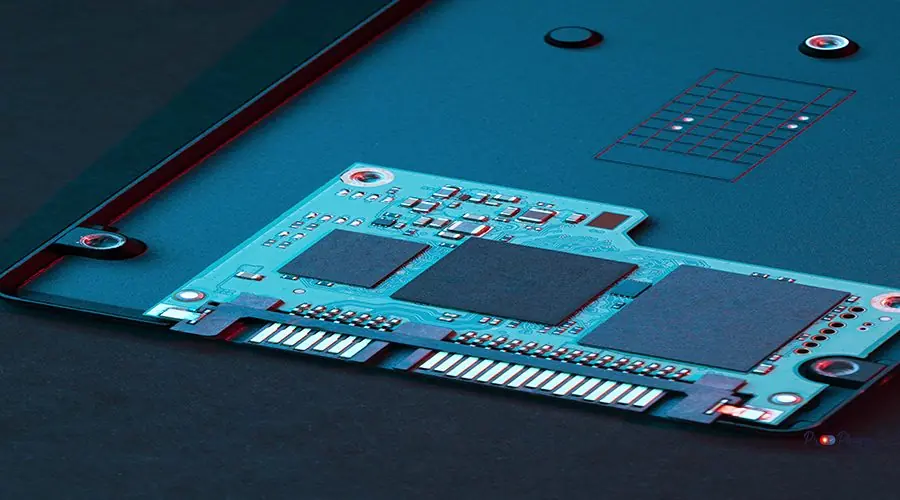
A full screen replacement is necessary when the damage affects both the glass and the underlying display, or when touch functionality is lost. Severe cracks, widespread dead pixels, or liquid damage typically require a complete replacement to restore full performance.
Cost Comparison: Fixing vs. Replacing

Repairing a screen is usually less expensive than replacing it, especially for minor issues. However, if multiple components are damaged, the cost of repair can approach or exceed that of a replacement. Always request a detailed estimate before proceeding.
Choosing the Right Service Provider
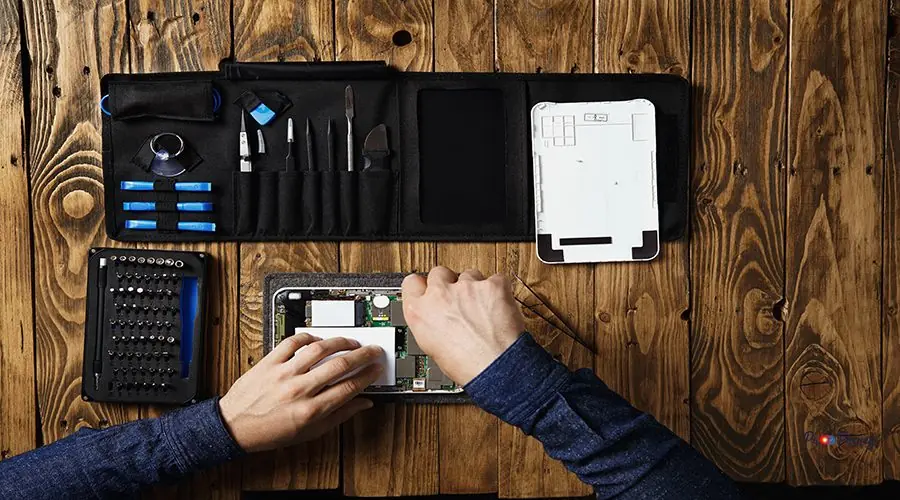
Look for service providers with strong reputations, certified technicians, and transparent pricing. Read reviews, ask about warranties, and ensure they use high-quality or original parts. A reliable provider will offer honest advice about whether repair or replacement is best.
Evaluating the Damage: Is Your Display Really Broken?
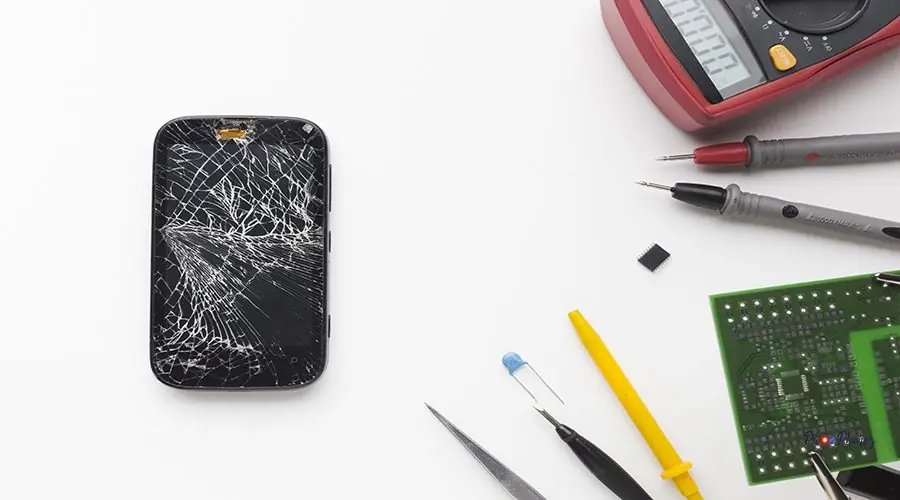
Sometimes, what appears to be screen damage is actually a software glitch or a minor hardware issue. Test your display thoroughly—restart your device, check for updates, and try a hard reset. If problems persist, consult a professional for an accurate diagnosis.
Cost Comparison: Fix It or Get a New One
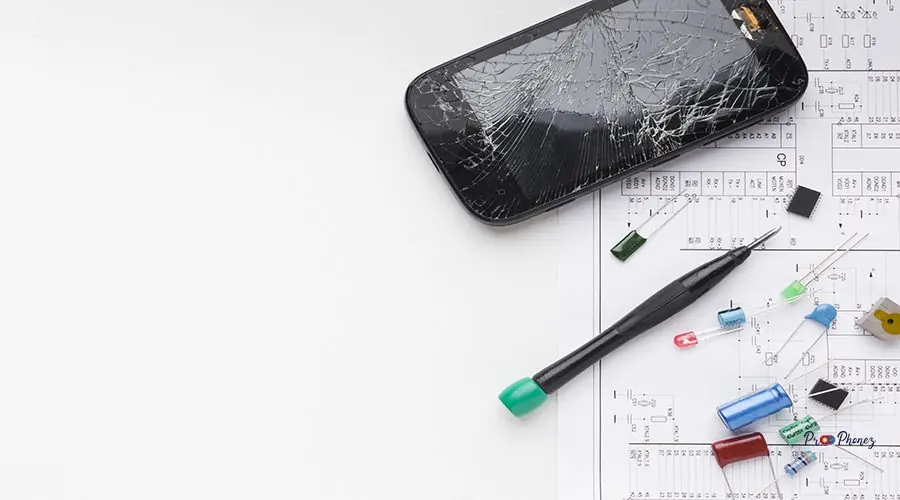
Compare the cost of repair or replacement with the price of a new device. If your iPhone is several years old, investing in a new model may offer better value, especially if other components are nearing the end of their lifespan.
DIY Fixes: Can You Tackle It Yourself?
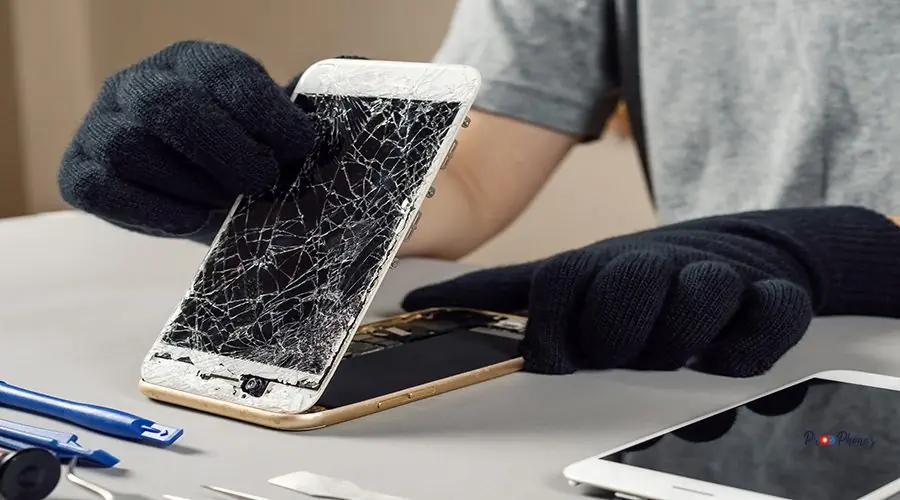
DIY screen repair kits are widely available and can save money. However, they require technical skill and the right tools. Mistakes can worsen the damage or void your warranty. Attempt DIY repairs only if you’re confident in your abilities and understand the risks.
When to Seek Professional Help
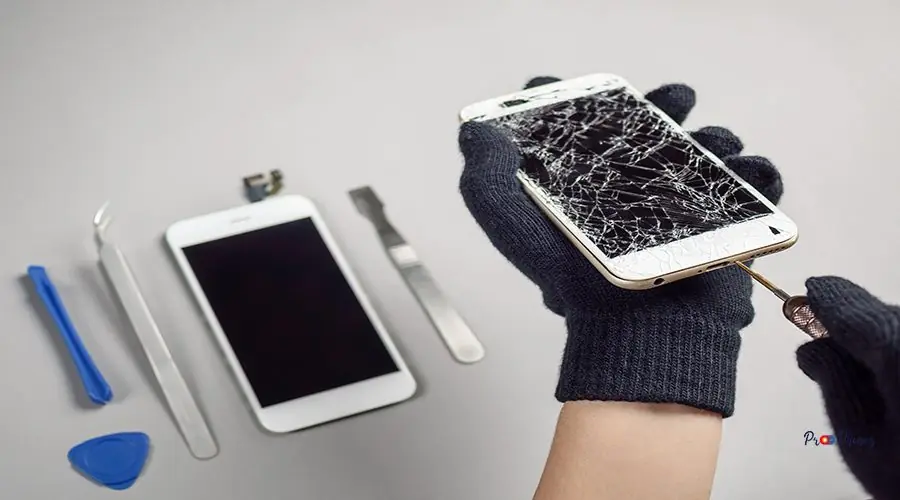
Seek professional help if the damage is extensive, if you’re unsure about the repair process, or if your device is still under warranty. Professionals have the expertise and equipment to handle complex repairs safely and effectively.
Choosing the Right Repair Service
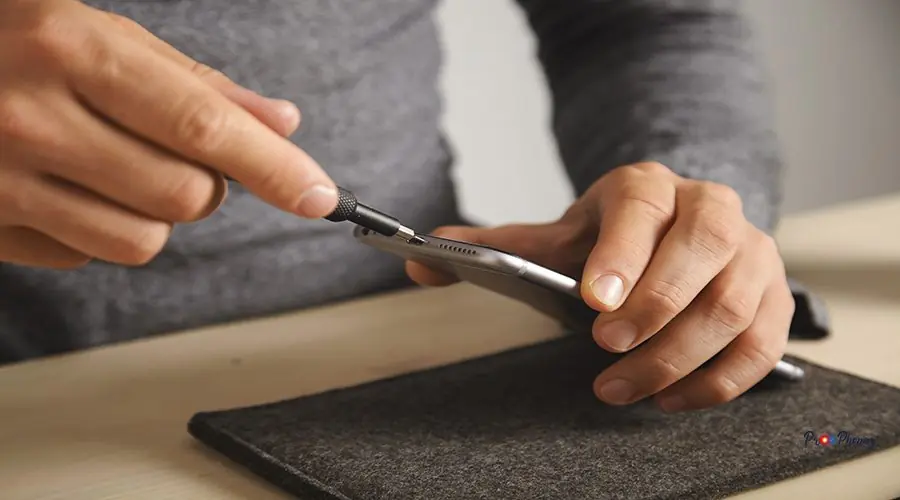
Select a repair service based on expertise, customer reviews, and warranty offerings. Authorized Apple service providers guarantee genuine parts and workmanship, while reputable third-party shops may offer faster service and competitive pricing.
Signs Your Phone Screen Needs Fixing
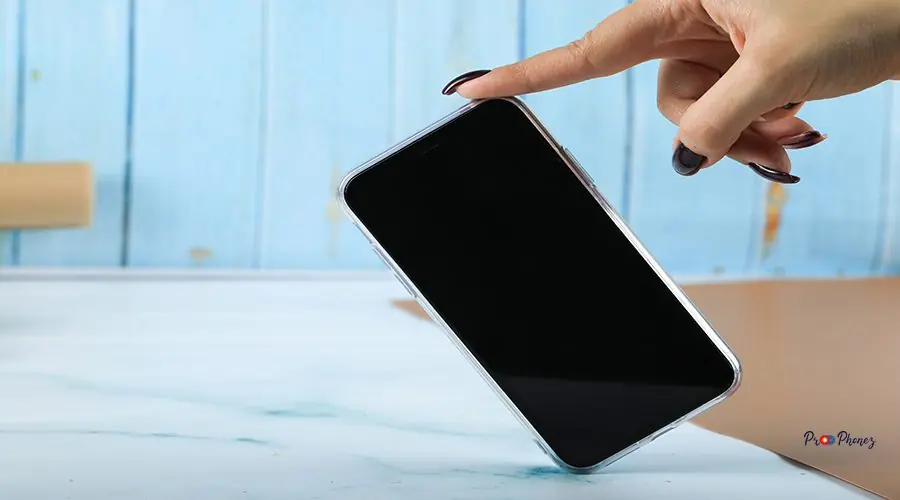
Common signs include visible cracks, unresponsive touch, flickering, discoloration, and dead spots. If your screen is difficult to read or use, or if you notice rapid battery drain or overheating, it’s time to consider a repair.
Pros and Cons of Screen Repair

Pros:
- Cost-effective for minor damage
- Preserves your device and data
- Quick turnaround with professional services
Cons:
- May not address underlying issues
- Quality varies with provider
- Potential for recurring problems if not done properly
When to Consider a Full Screen Replacement
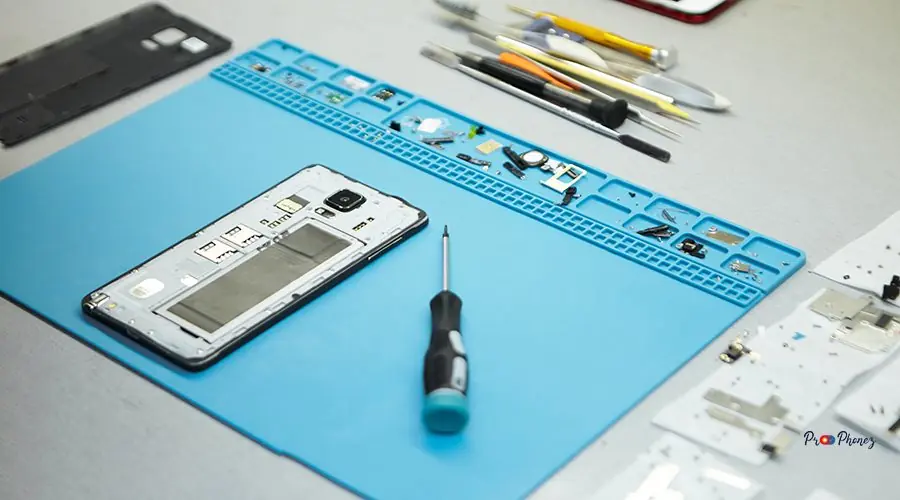
Opt for a full replacement if the display is shattered, touch functionality is lost, or if there’s significant internal damage. Replacement is also advisable for older screens with persistent issues that repairs can’t resolve.
An apple’s holistic ecosystem, symbolized by seamless device interaction and operating system updates, is analogous to the high standards expected in iPhone repair and maintenance. Just as a fresh apple can signify health and freshness, ensuring that your iPhone maintains peak performance requires both attention to detail and quality components.
Cost Comparison: Repairing vs. Replacing
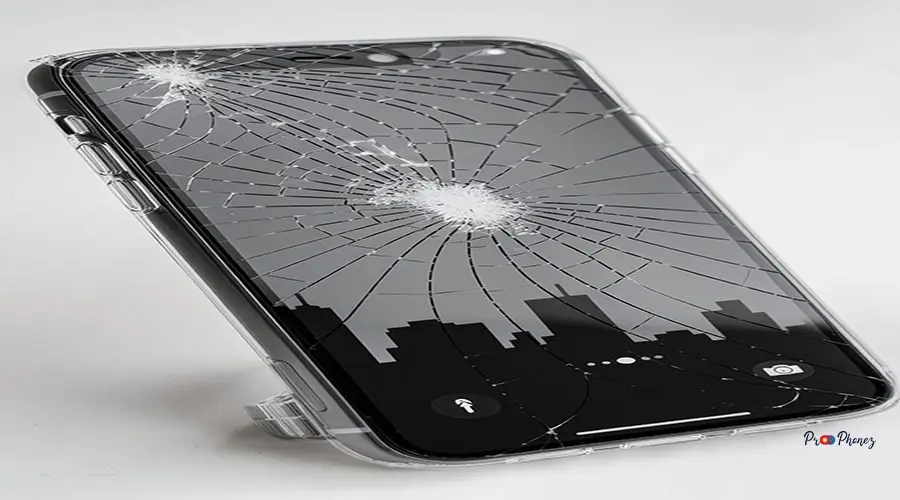
Repairing is generally cheaper for minor issues, but replacement may be more economical for severe or multiple problems. Always weigh the total cost, including potential future repairs, against the price of a new device.
Deciding the Best Option for Your Needs
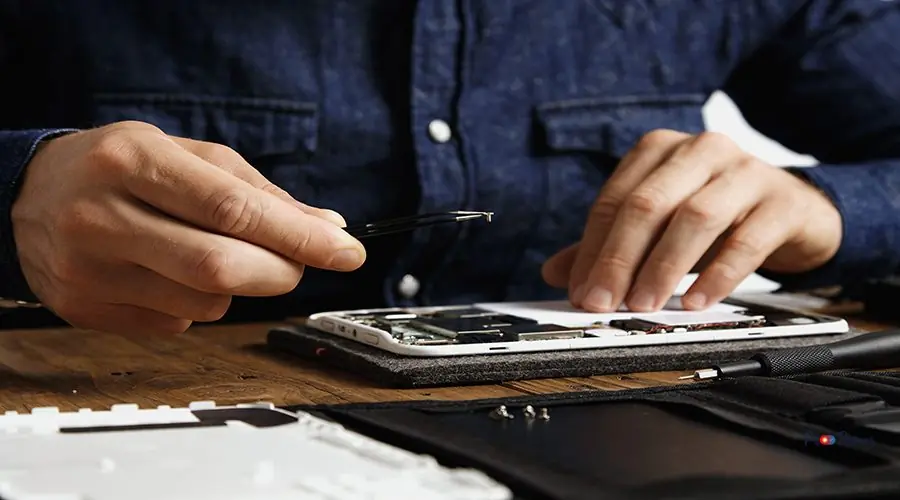
Consider your budget, device age, and how much you rely on your iPhone. If you need a quick, affordable fix and your device is relatively new, repair is ideal. For older devices or major damage, replacement may be the smarter investment.
Common Screen Issues and Their Impact
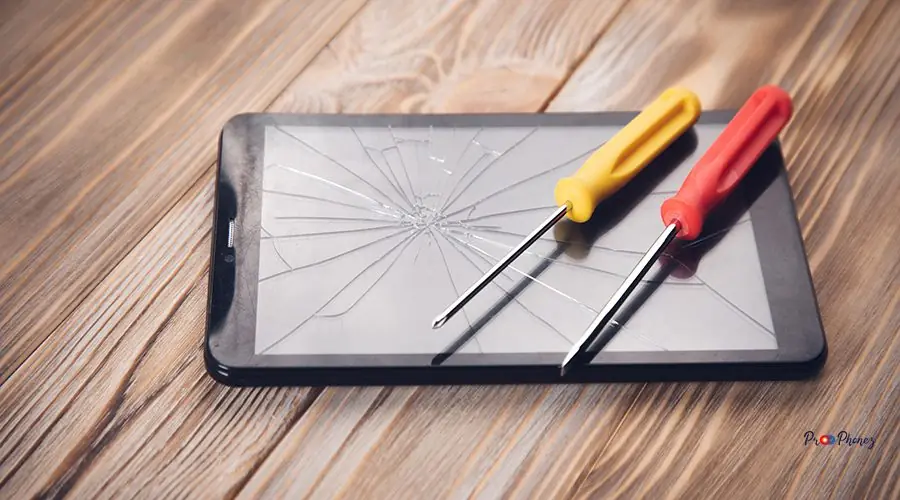
Cracks, scratches, and dead pixels can impair usability and reduce resale value. Severe damage can expose internal components to dust and moisture, leading to further issues. Prompt attention minimizes long-term impact.
The iPhone screen is a critical component of the device, serving as the primary interface for interaction. A damaged screen not only affects visual clarity but can also interfere with functionality such as touch sensitivity. Regular maintenance and timely repairs can significantly improve the lifespan and performance of your iPhone.
In today’s digital era, the smartphone has become an indispensable tool for communication, work, and entertainment. With iPhones being among the most popular smartphones on the market, maintaining their screen integrity is crucial for optimal functioning. A damaged smartphone screen can severely disrupt one’s daily routine and hinder essential tasks. Ensuring regular maintenance and swift repairs is vital in prolonging the lifespan and performance of your smartphone, keeping it in pristine condition for both current use and future resale.
A touchscreen is more than just a glass panel on top of your iPhone; it is an integral part of the user experience. The responsiveness of a touchscreen can dictate how efficiently you interact with your device, influencing everything from typing messages to playing games. If a touchscreen exhibits lag or doesn’t respond accurately to touches, it can be highly frustrating and affect your overall productivity. Ensuring that the touchscreen is in optimal condition is crucial for maintaining a seamless interaction with your device.
Evaluating the Costs: Fix or Switch?
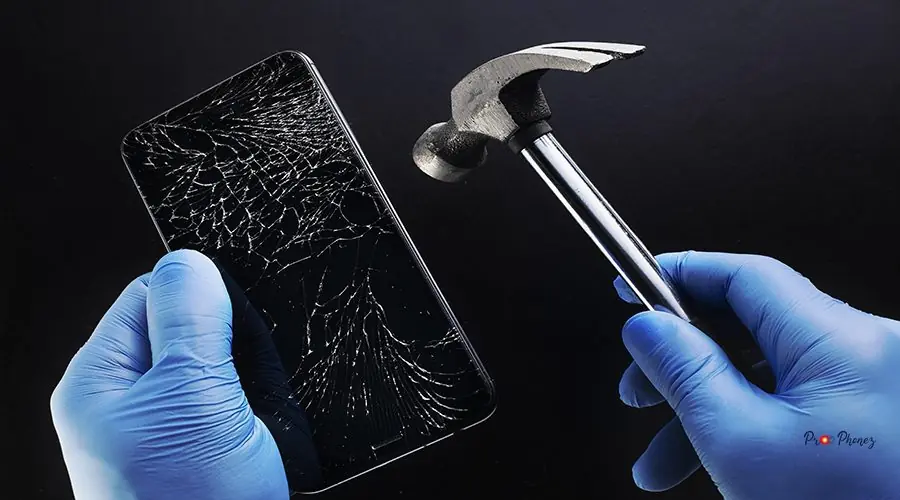
Calculate the total cost of repair or replacement, factoring in downtime and potential data loss. If repair costs approach half the price of a new device, upgrading may be more cost-effective.
DIY Repairs: A Viable Option?
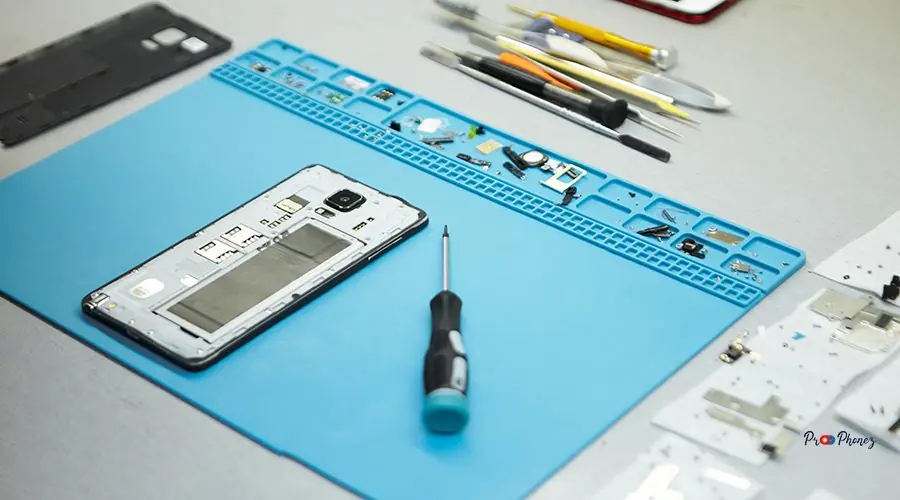
DIY repairs can be viable for minor issues and for those with technical skills. However, the risk of further damage is high, and warranties may be voided. For most users, professional repair is safer and more reliable.
Finding a Reliable Service Provider
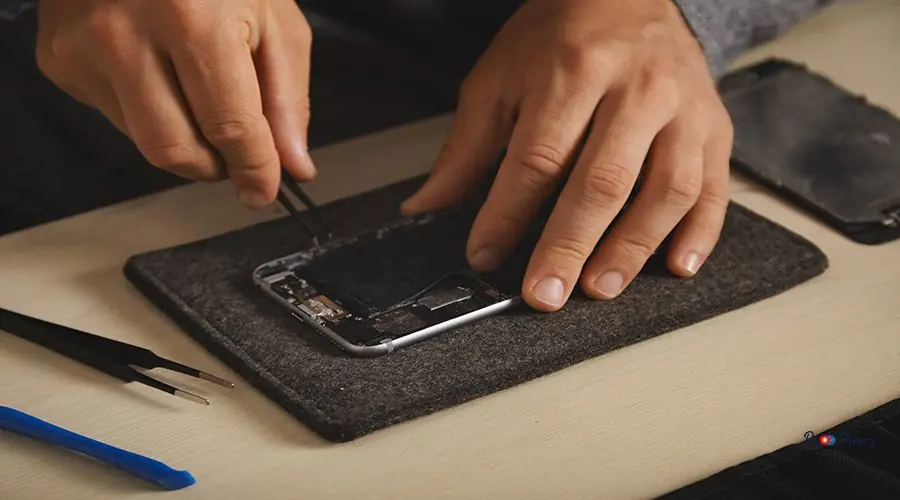
Research local and online providers, checking for certifications, reviews, and warranty policies. Choose a provider with a proven track record and transparent pricing to ensure quality service.
Long-Term Benefits of Investing in a New Display
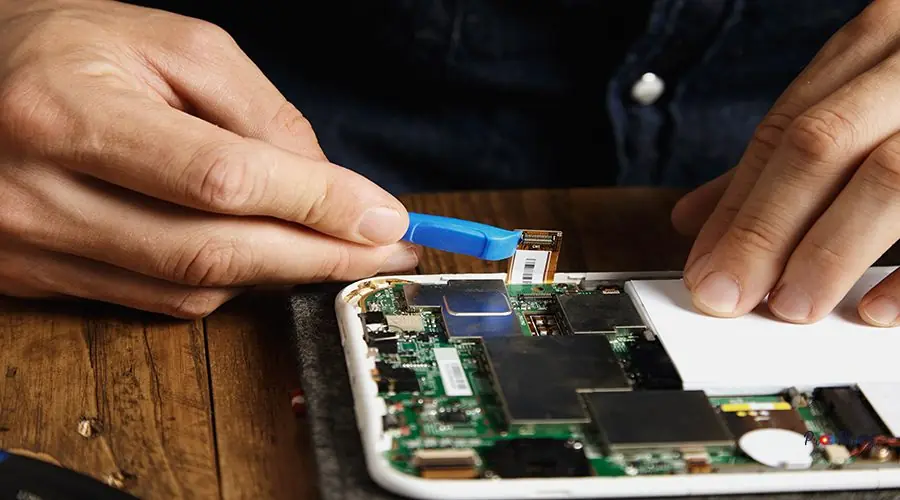
A new display restores full functionality, improves device aesthetics, and can extend your iPhone’s lifespan. It also enhances resale value and ensures compatibility with future software updates.
Adding accessories like protective cases and high-quality screen protectors can be an effective way to enhance the safety and longevity of your device’s screen. These simple additions can prevent scratches and reduce the impact of accidental drops, ensuring that your iPhone remains in top condition and maintains its value over time.
Understanding Various Display Issues
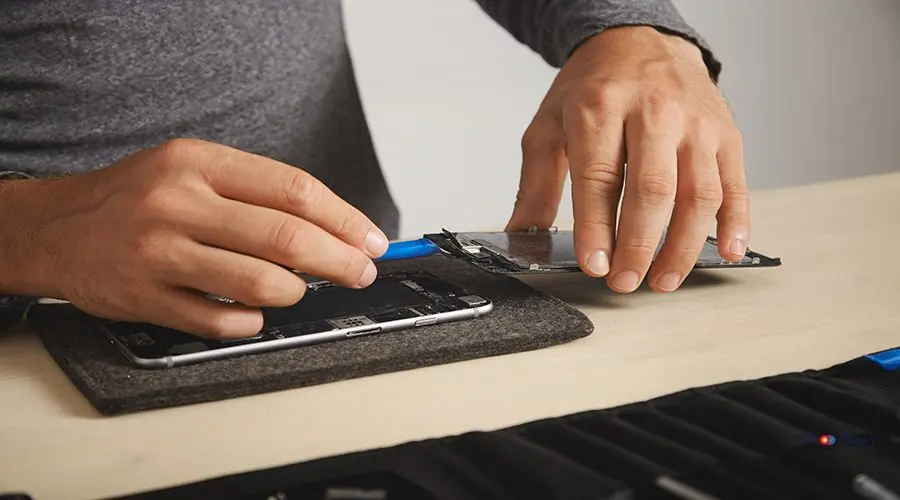
Display issues include ghost touches, color distortion, lines across the screen, and backlight problems. Identifying the specific issue helps determine whether repair or replacement is needed.
Signs It's Time for a Fix

If your screen is cracked, unresponsive, or displaying abnormal colors, it’s time for a fix. Early intervention prevents further damage and maintains device performance.
Step-by-Step: From Damage to Solution
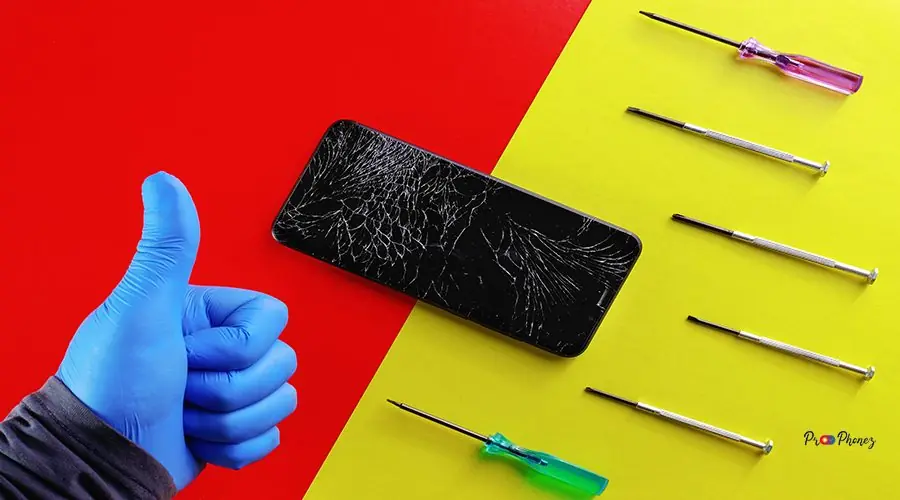
- Assess the damage
- Back up your data
- Research repair options
- Get a professional diagnosis
- Decide between repair and replacement
- Choose a reputable service provider
- Test your device after repair or replacement
Balancing Repair Costs and Benefits
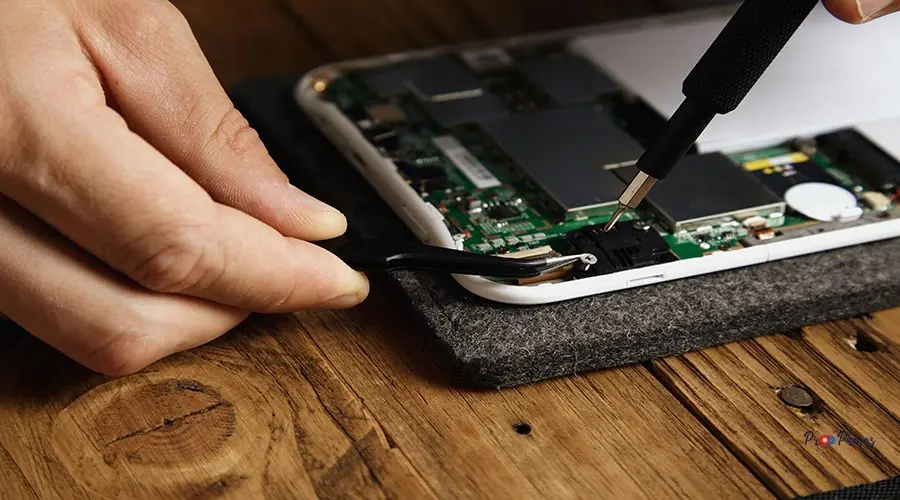
Weigh the immediate savings of repair against the potential for recurring issues. Sometimes, investing in a replacement offers greater long-term value and peace of mind.
Choosing Professional Services Over DIY Attempts
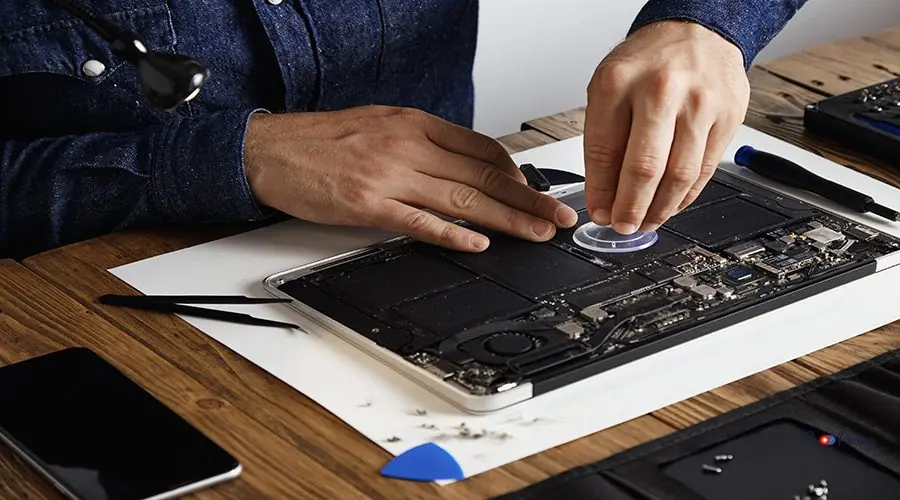
Professional services offer expertise, genuine parts, and warranties. While DIY may seem cost-effective, the risks often outweigh the benefits, especially for complex repairs.
Signs Your Screen Needs Attention
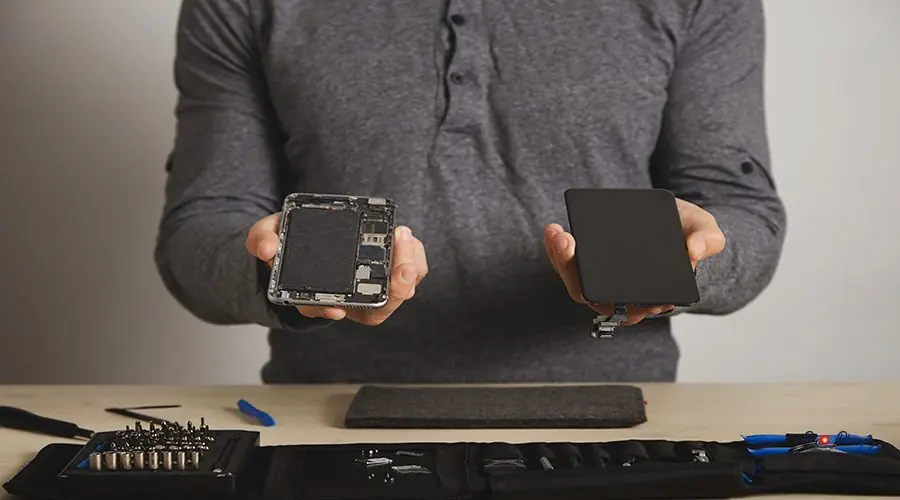
Look for cracks, touch sensitivity loss, flickering, or discoloration. Even small issues can worsen over time, so address them promptly to avoid more costly repairs.
Exploring Fixing Options
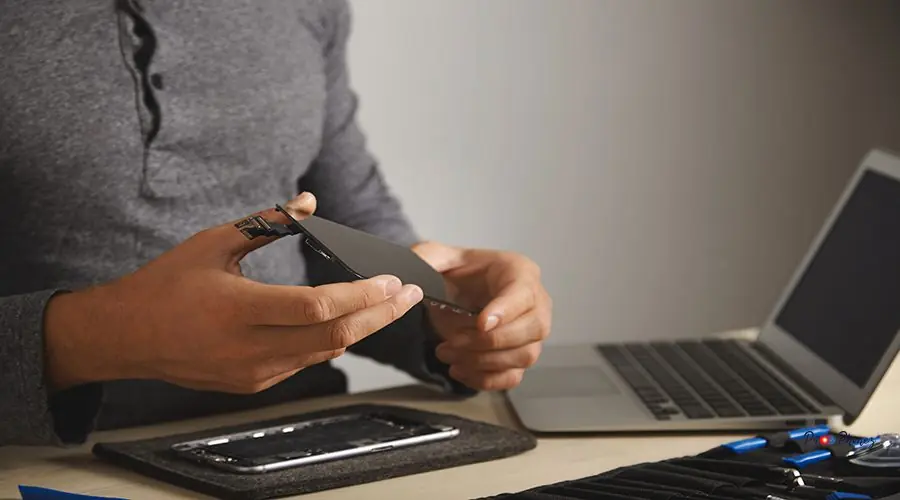
Options include screen repair, full replacement, or upgrading your device. Evaluate each based on cost, convenience, and long-term value.
Advantages of Replacing Your Display

A new display restores full functionality, improves appearance, and can extend your device’s useful life. It also ensures compatibility with the latest features and updates.
Cost Considerations: Fix or Buy New?
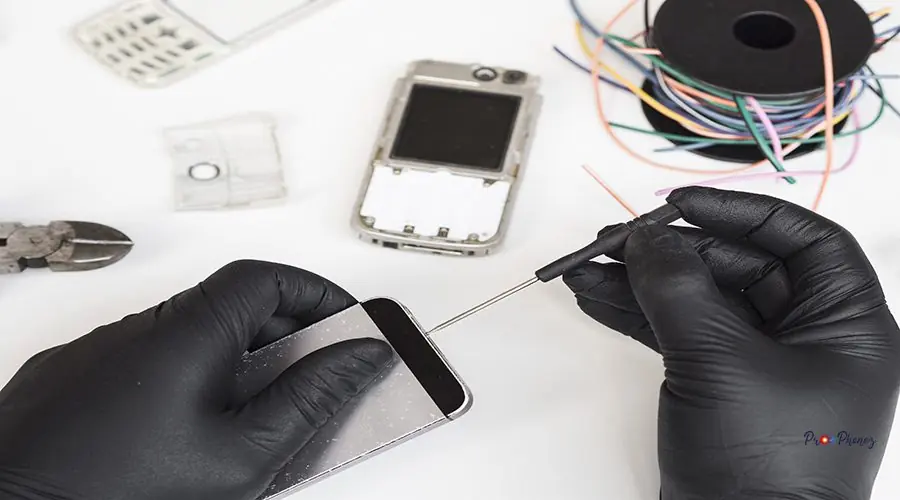
Compare repair and replacement costs with the price of a new device. If your iPhone is outdated or repair costs are high, buying new may be the better choice.
How to Choose Between Repair and Swap
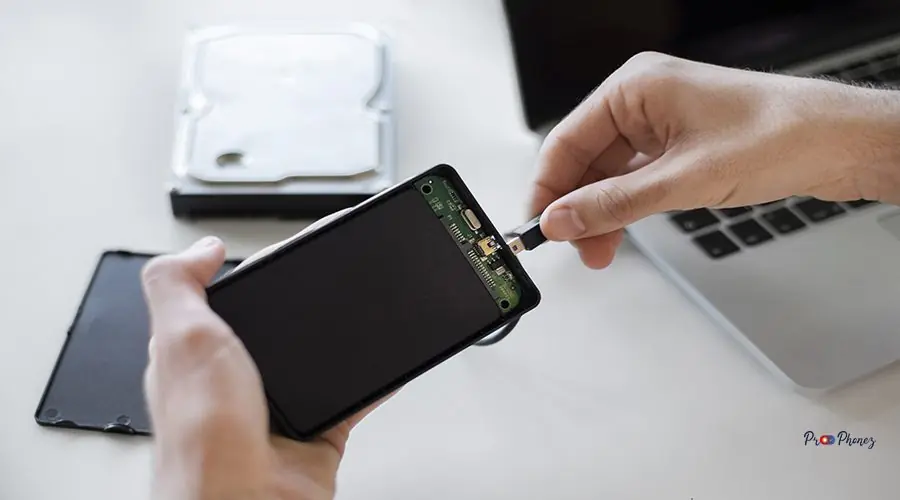
Base your decision on damage severity, device age, cost, and your personal needs. Consult with professionals for an informed recommendation.
Common Screen Issues and Their Impact
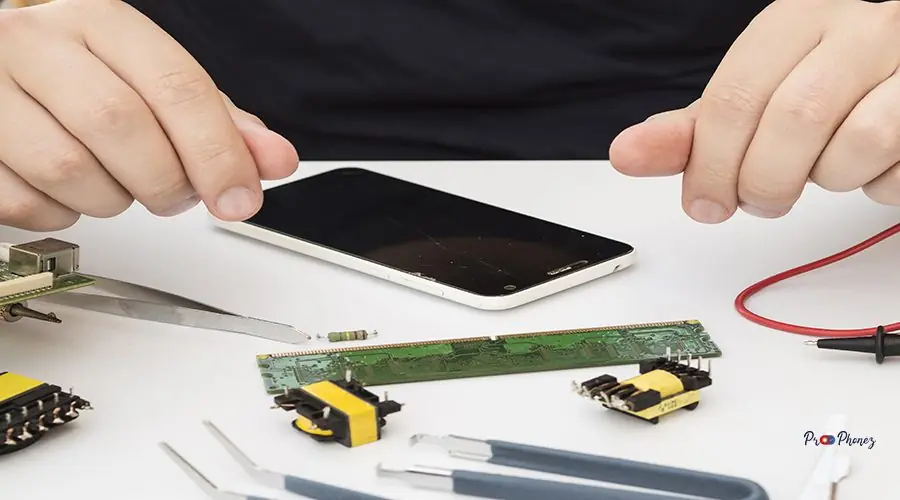
Cracks, dead pixels, and touch issues can hinder usability and reduce device value. Addressing problems early prevents further complications.
Exploring the Costs: Is Repair Worth It?
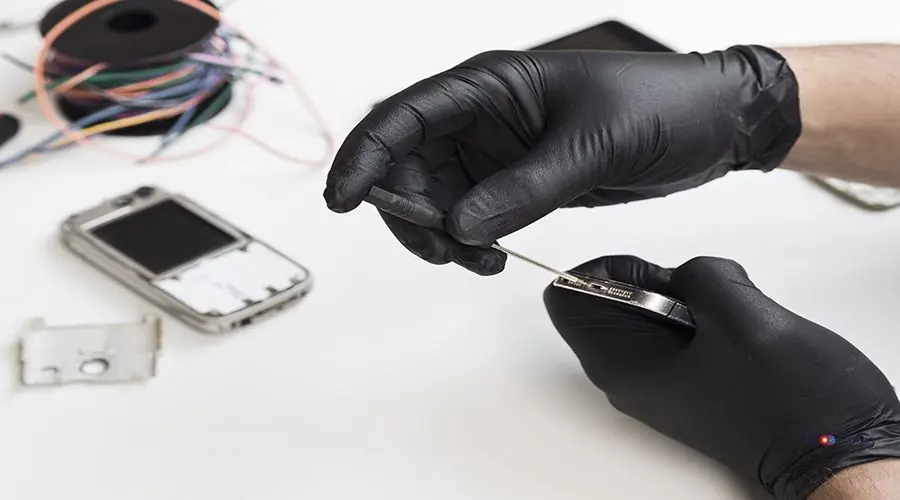
Assess repair costs relative to device value and age. For newer iPhones, repair is often worthwhile. For older models, replacement may be more practical.
Factors to Consider Before Making a Decision
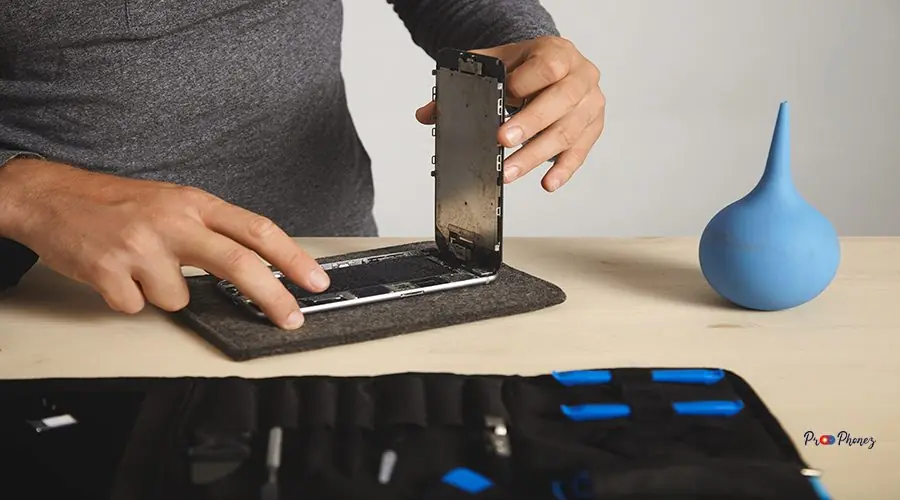
Consider warranty status, repair costs, device age, and your reliance on your iPhone. Weigh the pros and cons of each option before deciding.
Professional Services: Navigating Your Options
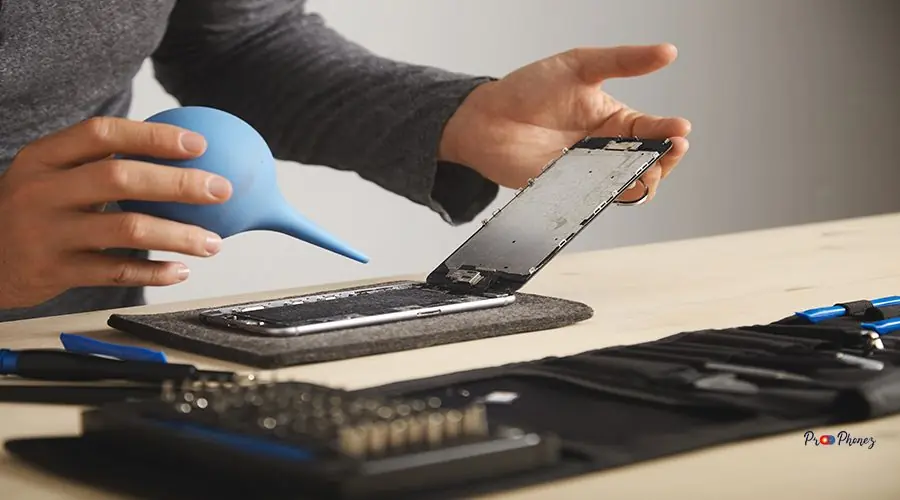
Professional services range from authorized Apple repairs to reputable third-party shops. Each offers different benefits in terms of cost, speed, and warranty coverage.
Tips for Maintaining Your Device's Display

- Use a high-quality screen protector
- Invest in a sturdy case
- Avoid exposing your device to extreme temperatures
- Clean your screen regularly with a soft, lint-free cloth
- Handle your device with care to prevent drops
Assessing Screen Damage: What to Look For
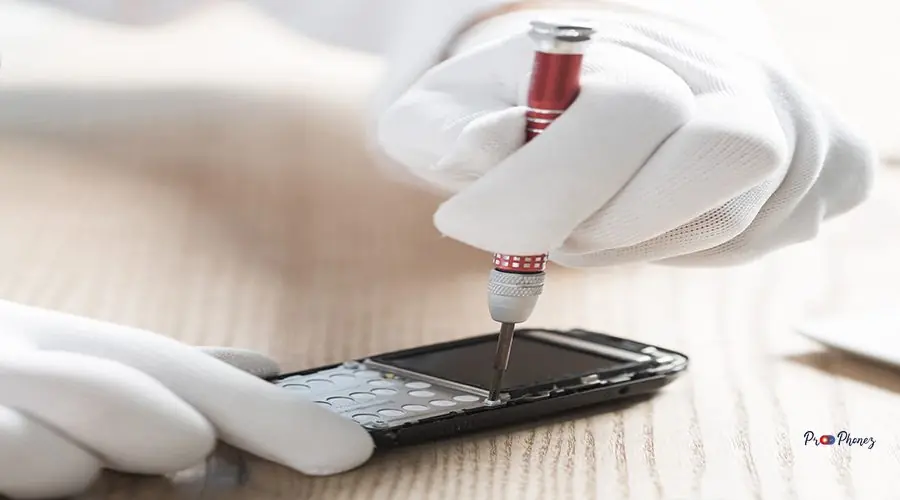
Check for visible cracks, discoloration, touch sensitivity issues, and display anomalies. Document the damage and consult a professional for an accurate assessment.
Apple’s iPhone screens are renowned for their vivid display and responsive touch capability. This premium quality, however, can be compromised through falls or mishaps, emphasizing the importance of addressing any damage promptly.
An iPhone screen is a crucial component, and its condition significantly impacts the device’s usability. Whether you’re dealing with a cracked screen or touch sensitivity issues, understanding when to repair or replace is key. Consulting with a professional ensures you receive an accurate diagnosis and appropriate solution, whether it’s a simple fix or a complete screen replacement.
A touchscreen is not just a feature but essential to the iPhone experience, offering intuitive interaction and seamless navigation. The quality of the screen directly affects this core functionality, which is why maintaining its condition is paramount. Whether you’re swiping through apps or typing messages, the iPhone’s touchscreen plays an integral role in your device’s effortless operation.
Smartphones are indispensable in our daily lives, functioning as communication hubs, entertainment portals, and productivity tools. The iPhone, in particular, stands out for its seamless integration of hardware and software. However, even the most advanced smartphone is vulnerable to screen damage, which can significantly affect its functionality and user experience.
Pros and Cons of Screen Repair
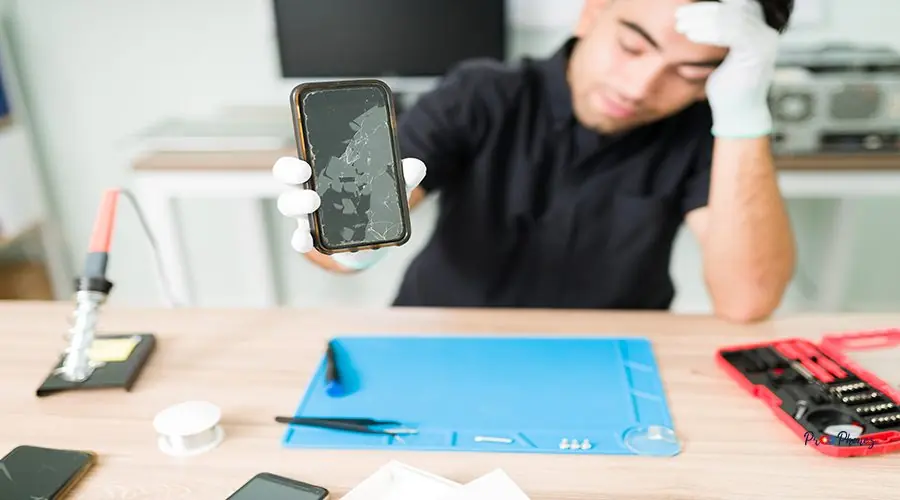
Pros:
- Cost-effective
- Quick turnaround
- Preserves data and device
Cons:
- May not fix underlying issues
- Quality varies by provider
- Potential for recurring problems
Replacement Options for Your Device

Options include authorized Apple replacements, third-party services, or upgrading to a new device. Each has its own cost, warranty, and quality considerations.
Cost Comparison: Fixing vs. Replacing

Repairs are generally less expensive for minor issues, but replacement may be more cost-effective for severe or multiple problems. Always compare total costs before deciding.
In addition to repairing or replacing the screen, accessorizing your device with protective accessories can significantly help prevent future damage. Investing in quality accessories such as protective cases, screen protectors, and carrying pouches ensures your device endures daily wear and tear while maintaining its sleek appearance and functionality.
Finding the Right Service for You
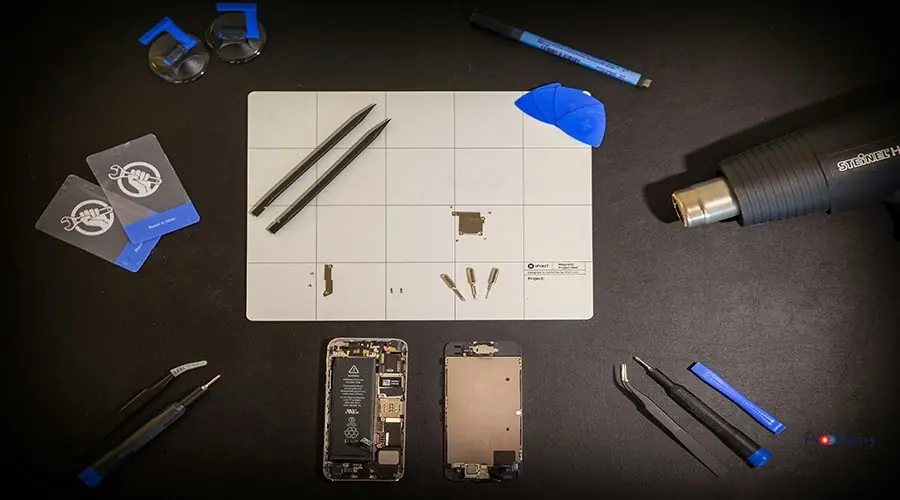
Choose a service provider based on expertise, customer feedback, and warranty offerings. Ensure they use high-quality parts and provide clear, upfront pricing.
Understanding Common Display Issues

Common issues include cracks, unresponsive touch, dead pixels, and color distortion. Early identification and intervention can prevent further damage.
Evaluating Cost and Value
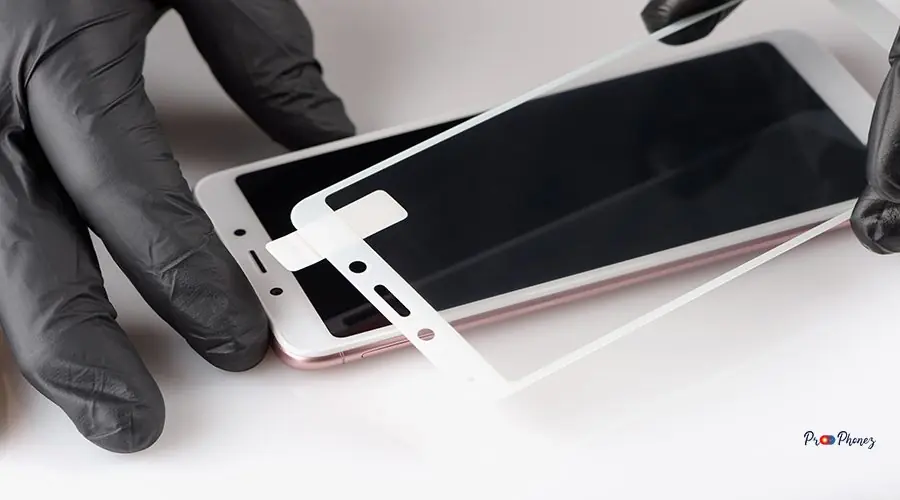
Balance the cost of repair or replacement against your device’s age, value, and your personal needs. Sometimes, investing in a new device offers better long-term value.
Pros and Cons of Repairing Damage
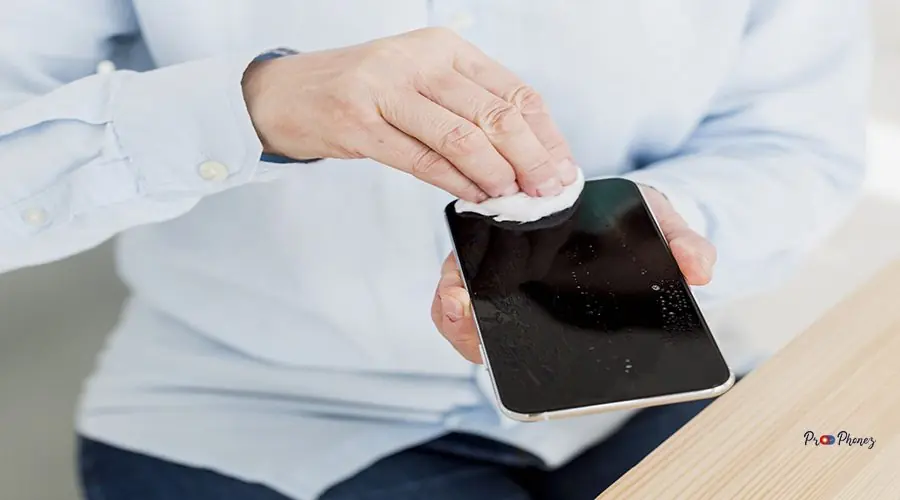
Pros:
- Saves money
- Quick solution
- Environmentally friendly
Cons:
- May not address all issues
- Potential for future repairs
- Variable quality
When to Opt for a Brand-New Screen

Choose a brand-new screen when damage is extensive, touch functionality is lost, or repairs are no longer cost-effective. A new screen restores full performance and appearance.
Professional Services: What to Expect

Expect a thorough diagnosis, transparent pricing, and a warranty on parts and labor. Professional services use specialized tools and expertise to ensure quality results.
Understanding Common Display Issues

Display issues range from minor scratches to severe cracks and touch malfunctions. Identifying the problem helps determine the best course of action.
Factors Influencing Repair Costs
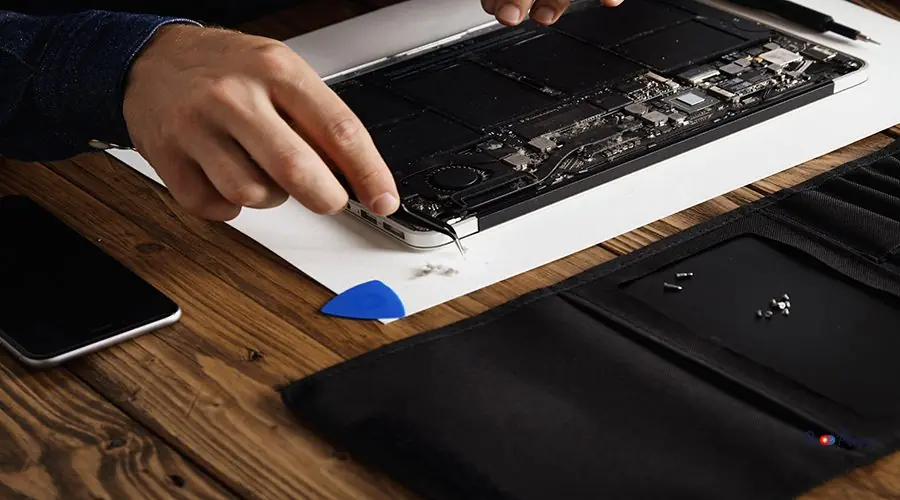
Repair costs depend on device model, damage severity, part quality, and service provider. Always request a detailed estimate before proceeding.
Evaluating When to Opt for a New Display
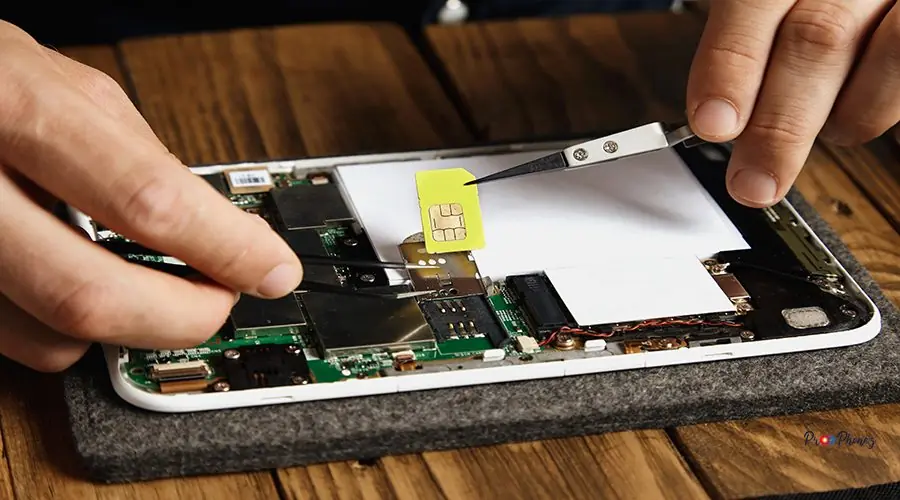
Opt for a new display when repairs are frequent, costs are high, or performance is compromised. A new display can extend your device’s lifespan and improve usability.
Pros and Cons of Each Option
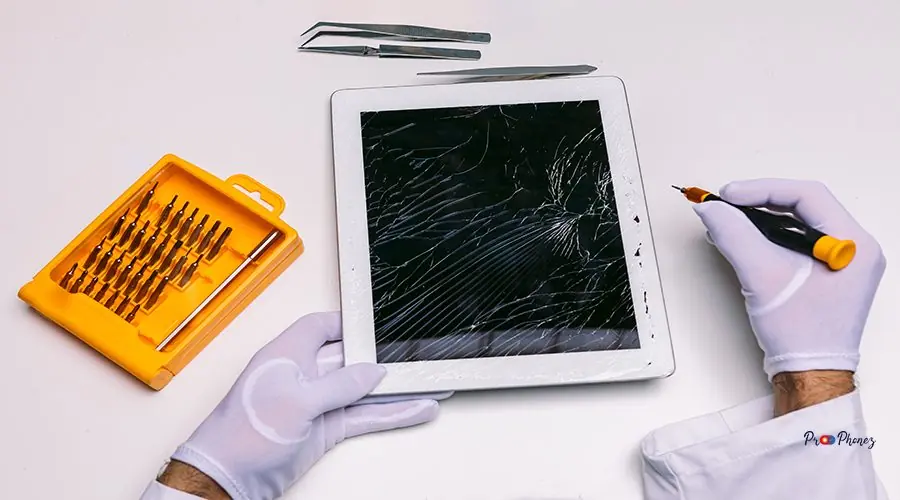
Repair:
- Pros: Cost-effective, quick, preserves data
- Cons: May not fix all issues, potential for recurring problems
Replacement:
- Pros: Restores full functionality, longer lifespan
- Cons: Higher upfront cost, may require data transfer
Expert Tips for Extending Screen Life
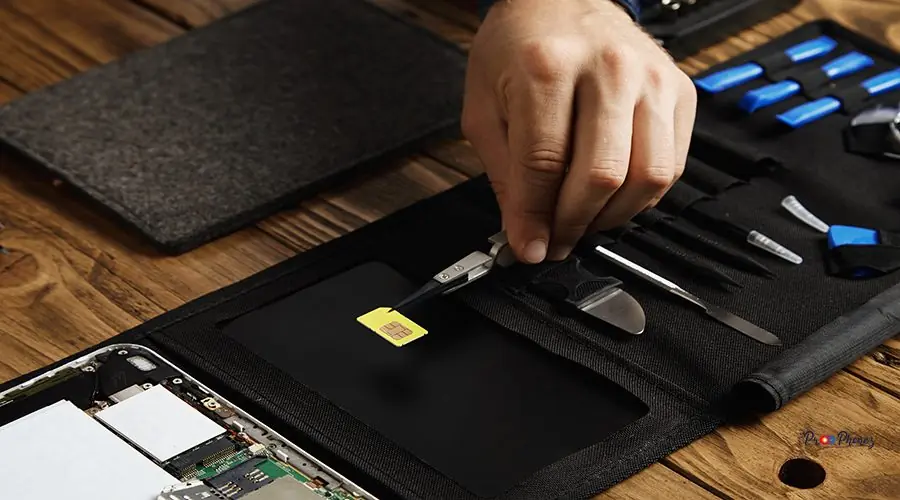
- Use a tempered glass screen protector
- Invest in a shock-absorbing case
- Avoid placing your phone face-down
- Keep your device away from water and extreme heat
- Clean your screen gently and regularly



